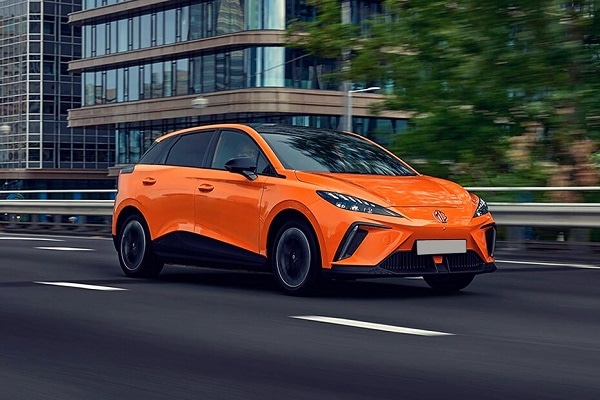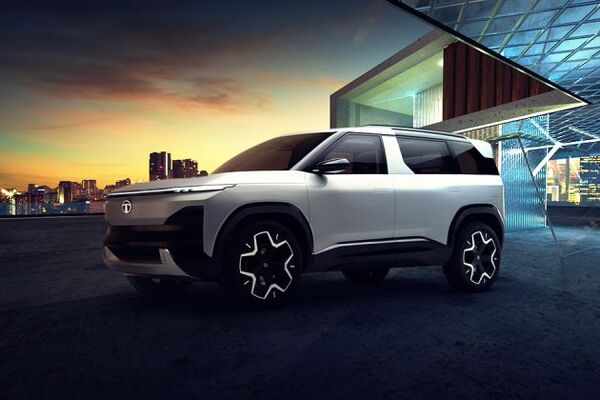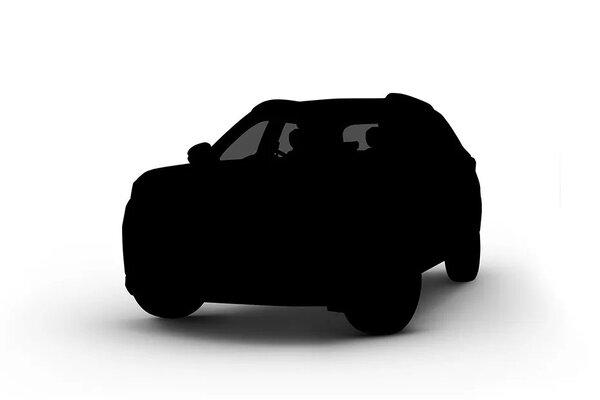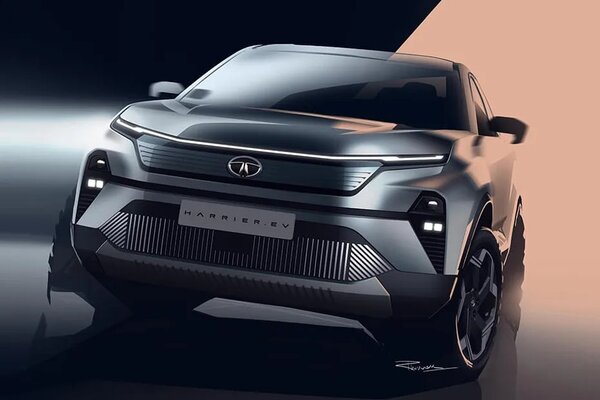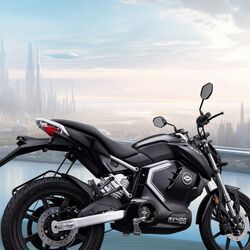Interview: Not fair to judge EVs based on perception, says Mercedes India boss

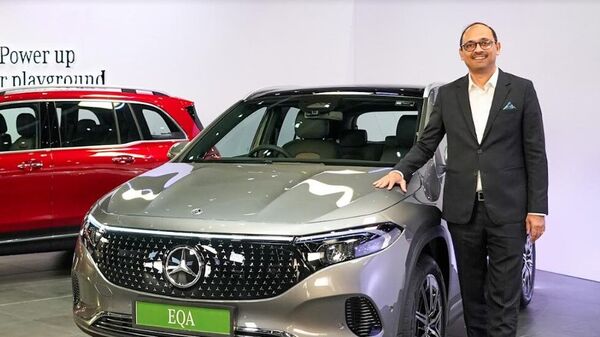
Mercedes-Benz India has been doggedly determined to offer a wide portfolio of cars and powertrain choices to the Indian luxury car buyers at large. And while the luxury car segment in the country remains small compared to China and the western world, Santosh Iyer believes the buzz word should be ‘choices’ for the affluent buyers here. He should know because he is the first-ever Indian to head Mercedes-Benz India.
Iyer is at the helm of the country's best-selling luxury car brand with Mercedes offering a number of petrol, diesel and battery-powered vehicles across a very wide price spectrum. In particular, the German brand was the first to drive in an all-electric luxury car into India when the EQC was launched in October of 2020. This was followed with electric models like the EQS, EQB and EQE while the entry-level EQA was only recently launched at ₹66 lakh (ex-showroom). But the Indian electric car space remains small, smaller when it comes to the luxury electric vehicle (EV) segment. All is also not well with the global demand for EVs with giants of the automobile world mostly taking the foot off the gas pedal - no pun intended.
Also check these Vehicles
Speaking to HT Auto on the sidelines of the EQA media drive event, Iyer though assumed a confident stance about the future of electrics. Here are excerpts from the interview with Iyer, MD and CEO at Mercedes-Benz India:
Watch: Unfair to judge electric vehicles on perception: Santosh Iyer, MD at Mercedes-Benz India
HT Auto: The EQA is making its India debut but you have had the likes of EQC, EQS, EQB and EQE before. What was the thought process for the top-down approach to EVs here?
Iyer: If you go back in 2020, just before Covid came, we were the first to introduce an electric car in India in the luxury segment and at that time, the question was: ‘why EV?’ You know, from there, I think India has moved a lot. We were waiting for the right time for the EQA, one of the most-successful product in our portfolio worldwide. It has sold over 1.30 lakh units in two and a half years. So that clearly shows a lot of success for the car. And we wanted to introduce it when we have enough cars to start with. It is our foray into the sub- ₹70 lakh segment.
HT Auto: What sort of target audience are you focusing on as far as EQA is concerned?


Iyer: You know, interestingly, we see a lot of change in demographics. In general, we have a lot of young customers getting into luxury cars and buying them. You see households with double income exceeding more than ₹1 crore and they (have) bought a house. Maybe now the next logical thing is to again splurge and spend a bit on luxury. They also value sustainability. With the EQA, the target age group is between 28 years and 32 years of high achievers.
HT Auto: But could people in this age group also not be customers entering the luxury space for the first time? And if so, isn't it a challenge to convince them for an EV?
Also Read : Mercedes to soon launch its most-expensive EV in India
Iyer: You know, most people would like to go for the safer bet, to a combustion engine, no doubt. But I think about young customers and that's where age is important. They are not averse to using apps. They are not averse to taking risks, in a sense, because in EV you need to plan a bit when you go city to city. I think within the city, be it Delhi, Bombay, these cars with 500 kilometre range, you don't need to bother.
But here again, we are also seeing current (existing) luxury car customers may want to buy a luxury EV but say these cost over ₹1 crore. I think this (EQA) gives them the confidence to get into an EV. I get one more Mercedes-Benz EQA, maybe drive it for a couple of years, get into the EV world and then maybe shift to a full blown luxury EV as well.
Also Read : First full-drive review of Mercedes-Benz EQA in India
HT Auto: The EQA has a fairly popular ICE (internal combustion engine) equivalent in the GLA. What does the EQA debut mean for it?
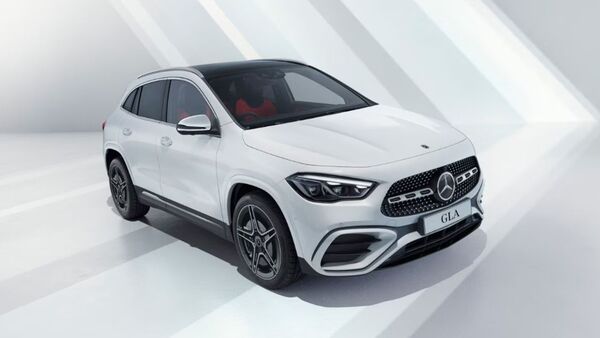

Iyer: I think we need to give customer a choice. Even in the GLA, I'm giving a clean gasoline, I'm giving a clean diesel. And it's nice for customers to have a choice because some of them buy petrol cars for a reason, they buy diesel cars for a reason, and they buy electric for a reason. So for us, it's not a GLA equivalent, but it's in the same segment. It's a different platform. We don't need to push one powertrain based on any internal topics. For us, it's very clear: give the choice, it helps us to grow the market as well.
HT Auto: Let's go beyond the EQA and talk about the electric ecosystem. How do you see the evolution of the Indian electric vehicle space, especially in the luxury segment since the time of EQC in 2020?
Iyer: I think there is a lot of awareness to start with, you know, and most of the customers today, now it's part of the consideration set. The only problem is they say the next car would be an EV, let me go with a combustion engine today. There are lots of valid reasons of course. There are lots of questions around life of car, battery life, recyclability, resale value of the car, for example. These are natural. But EVs are yet to go through one full lifecycle, you know. So I think it's not fair to start judging based on the perception. Once the full lifecycle of 10 to 15 years, then consumers would have a bit more confidence on this overall technology as well.
HT Auto: EVs are clearly not about sales volumes then, are they?
Iyer: It's too early to put the cart before the horse and look at the volume. At India and global level, we need to be tactfully flexible. We need to continue with combustion engines too because at the end of the day, customers will decide. It's a matter of consumer acceptance and we should not have a target-based approach. It is important that we give options. So every portfolio, every product line, we will give options.
HT Auto: At a global level, Mercedes seems to have had a re-think over EVs considering slowing sales. Mercedes HQ is also investing heavily on combustion engine models. What do you make of it?
Also Read : Mercedes slows battery plans amid lower EV demand
Iyer: So there's a lot of learning in these years. Firstly, let's say what is the final target picture? The final target picture is carbon neutrality as a company and for countries as well. Each country has its own target landscape. India says 2070, EU says 2045. We have to wait and see. But to reach carbon neutrality, and this doesn't mean just EVs, it means the entire value chain that we are operating to be carbon neutral, we need to have zero emission mobility. For us, it was always clear and it's still clear that EV is the only currently possible solution to have emission-free mobility.
Geopolitics combined with taxation has a huge role to play in the pricing of EVs. These are expensive technologies. Customer acceptance is based on price as one of the key factors. But what we can do in this period is take away the fear, take away the fear of battery life, take away the fear of residual value. And this is where we have a role to play in, apart from of course setting up charging infrastructure collectively. As far as passenger car mobility is concerned, there is no other option for zero emission mobility.








 70.5 kWh
70.5 kWh 560 Km
560 Km